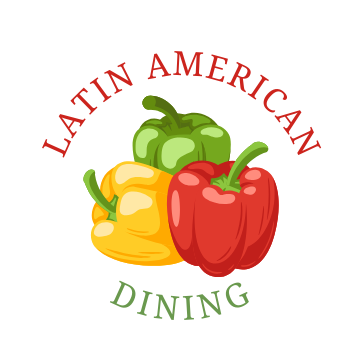
The Rich Tapestry of Pachamanca: A Culinary Tradition
Pachamanca, a traditional Peruvian dish, has been more than just a meal for generations. It is a vibrant representation of cultural heritage, family ties, and the intricate relationship between people and the earth. Imagine gathering with loved ones, surrounded by mountains, to partake in a feast that has been slow-cooked beneath the earth, filled with the flavors of marinated meats, fresh veggies, and a host of aromatic spices.
Connecting Over Cuisine: A Family Affair
As seen in the delightful video, "PACHAMANCA CON LA FAMILIA," cooking becomes a communal experience. Families gather to prepare this cherished dish, often leading to laughter and stories exchanged. Here, the act of cooking goes beyond sustaining the body; it nurtures bonds and builds connections among generations, a significant element in the practice of authentic Peruvian cuisine.
Exploring the Ingredients: What Makes Pachamanca Unique?
The magic of pachamanca lies in its unique ingredients—chanchito (pork), pollo (chicken), and cordero (lamb), all marinated in a blend of local herbs and spices like huacatay and chincho. This blend not only enhances flavor but creates a sensory journey back to the mountain regions where these traditional practices originated. Each ingredient absorbed the earth's essence from the cooking process while also reflecting local agricultural practices, making it a true celebration of Peru's biodiversity.
Beyond Pachamanca: Elevating Peruvian Cuisine
For restaurant owners, incorporating pachamanca into menus offers a chance to share authentic Peruvian recipes with a wider audience. However, it doesn't end here—there are countless other traditional dishes like ceviche peruano, lomo saltado, and aji de gallina, that can be explored. By presenting a range of authentic Peruvian dishes and highlighting the storytelling aspect behind each one, restaurant owners can effectively engage customers and enhance their culinary experiences.
Why Local Ingredients Matter
The importance of using local ingredients cannot be overstated. Supporting local farmers not only contributes to the economy but also ensures that your dishes are as fresh and flavorful as possible. Incorporating traditional Peruvian ingredients in your dishes like anticuchos and peruvian desserts and drinks will enrich your menu and provide authenticity that resonates with both locals and tourists.
Practical Steps for Restaurant Owners
If you're looking to incorporate pachamanca or other traditional dishes into your eatery, consider these steps:
Research Authentic Recipes: Explore regional differences and cooking techniques.
Source Local Ingredients: Build relationships with local farmers and producers.
Engage Others: Host events or cooking classes that allow customers to connect with the preparation of these cultural dishes.
As we reflect on the joy of shared meals and cultural heritage showcased in the video "PACHAMANCA CON LA FAMILIA," it's clear that traditional Peruvian dishes have a meaningful place in our culinary landscape.
Consider integrating these insights into your restaurant offerings to not only delight your customers but to tell the rich story of Peruvian cuisine through your menu.
This article was created based on insights and inspiration from the public video shared by La Cocina de Victoriano on YouTube. All credit for the video content belongs to its original creator. We encourage you to visit their channel to explore more of their culinary work.
 Add Row
Add Row  Add
Add 




Write A Comment